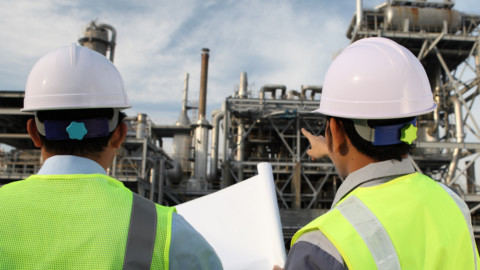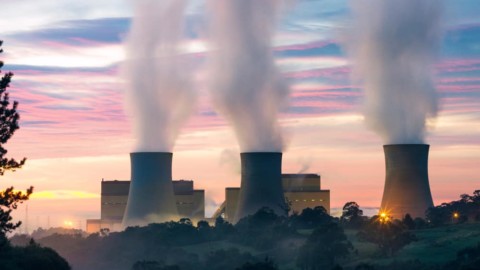The International Energy Agency (IEA) has released its flagship publication, The World Energy Outlook 2019, which explores the impact that current decisions will have on future energy systems, and describes a pathway that enables the world to meet climate, energy access and air quality goals while maintaining a strong focus on reliability and affordability for a growing global population.
In the outlook, the IEA states that decisions made by governments remain critical for the future of energy systems around the world. This is evident in the divergences between World Economic Outlook scenarios that map out different routes the world could follow over the coming decades, depending on the policies, investments, technologies and other choices that decision makers pursue. Together, these scenarios seek to address a fundamental issue – how to get from where we are now to where we want to go.
The path the world is on right now is shown by the Current Policies Scenario, which provides a baseline picture of how global energy systems would evolve if governments make no changes to their existing policies. In this scenario, energy demand rises by 1.3 per cent a year to 2040, resulting in strains across all aspects of energy markets and a continued strong upward march in energy-related emissions.
The Stated Policies Scenario’s aim is to hold up a mirror to the current plans in place and illustrate their consequences. The future outlined in this scenario is still well off track from the aim of a secure and sustainable energy future.
The Sustainable Development Scenario indicates what needs to be done differently to fully achieve climate and other energy goals that policy makers around the world have set themselves.
Achieving this scenario – a path fully aligned with the Paris Agreement aim of holding the rise in global temperatures to well below 2°C and pursuing efforts to limit it to 1.5°C – requires rapid and widespread changes across all parts of the energy system. Sharp emission cuts are achieved thanks to multiple fuels and technologies providing efficient and cost-effective energy services for all.
However, the current momentum behind clean energy is insufficient to offset the effects of an expanding global economy and growing population. The rise in emissions slows but does not peak before 2040.
“What comes through with crystal clarity in this year’s World Energy Outlook is there is no single or simple solution to transforming global energy systems,” said Dr Fatih Birol, the IEA’s Executive Director.
“Many technologies and fuels have a part to play across all sectors of the economy. For this to happen, we need strong leadership from policy makers, as governments hold the clearest responsibility to act and have the greatest scope to shape the future.”
The report found that continued transformation of the electricity sector requires policy makers to move fast to keep pace with technological change and the rising need for the flexible operation of power systems.
“The world urgently needs to put a laser-like focus on bringing down global emissions. This calls for a grand coalition encompassing governments, investors, companies and everyone else who is committed to tackling climate change,” said Dr Birol.
“Our Sustainable Development Scenario is tailor-made to help guide the members of such a coalition in their efforts to address the massive climate challenge that faces us all.”
Responding to the report, Minister for Resources and Northern Australia, Matt Canavan, chose to focus on the role coal could play in the future of Australia’s energy production.
Mr Canavan claimed the report highlighted the growth in demand for energy in India and developing countries in Asia, with ongoing demand for coal.
Mr Canavan did note that the World Energy Outlook found that an increasing number of lenders were placing restrictions on coal project funding.
“All I ask is that our financial institutions do their job – invest in projects in Australia that generate revenue for our nation and create jobs for our people,” Mr Canavan said.
“I want them to focus on those projects which stack up, and those projects which can provide economic benefits not just to themselves through lending but also to our nation.”
Over the past 20 years, Asia has accounted for 90 per cent of all coal-fired capacity built worldwide, and these plants potentially have long operational lifetimes ahead of them.
The report considers three options to bring down emissions from the existing global coal fleet: to retrofit plants with carbon capture, utilisation and storage or biomass co-firing equipment; to repurpose them to focus on providing system adequacy and flexibility; or to retire them earlier.
Further scenarios and the full report can be found here https://webstore.iea.org/world-energy-outlook-2019
















